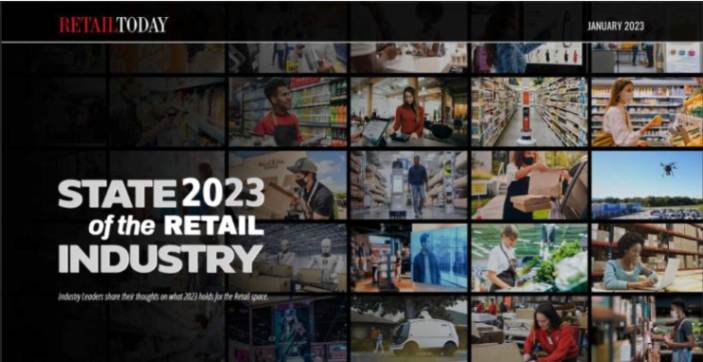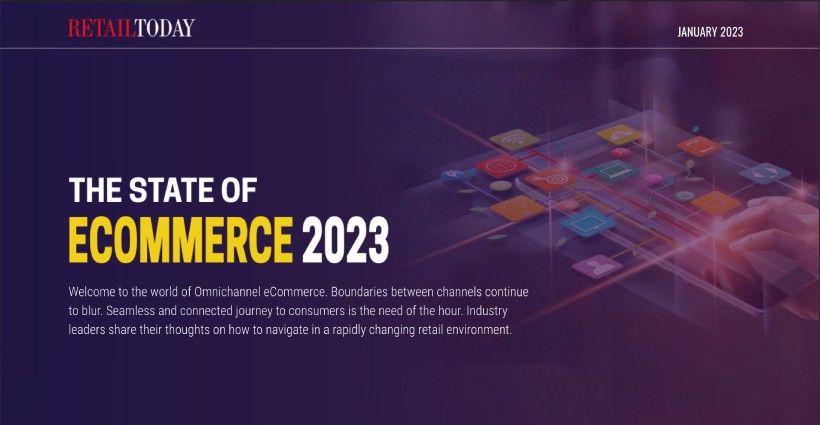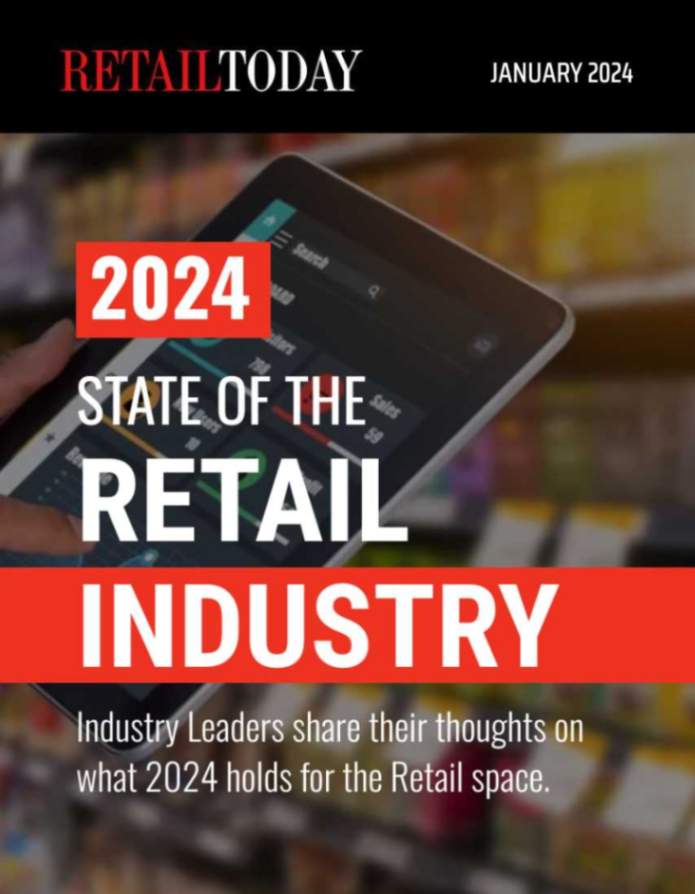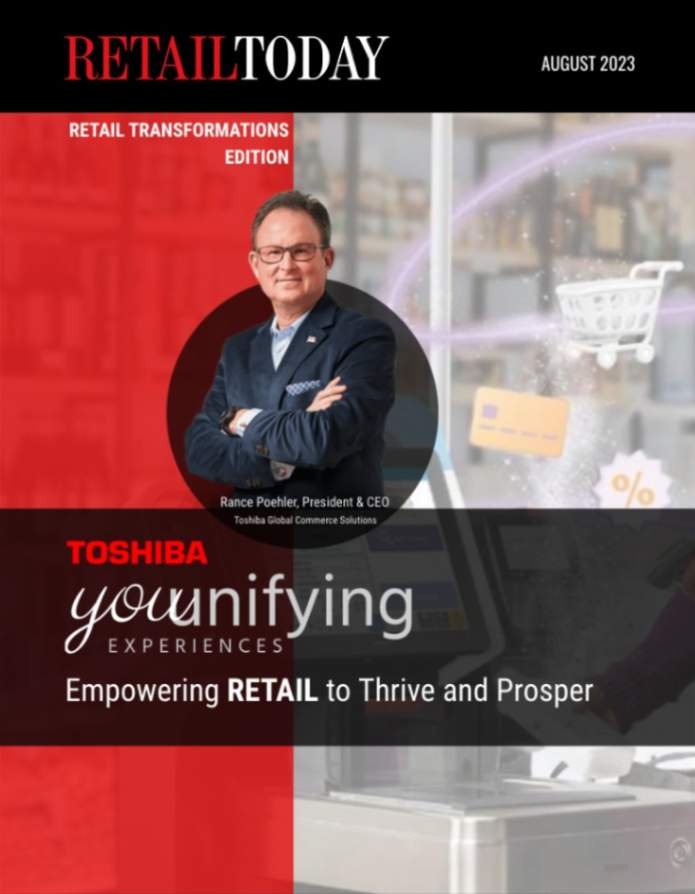
The world of eCommerce has catapulted into an incredible entity over the past few years. Modern eCommerce trends are shaping the future of online shopping as it only continues to shift and mold into new user expectations and preferences.
The Modern Way is Mobile
One of the most momentous trends in eCommerce is the growth of mobile shopping. With the expansive number of people using their smartphones and tablets to shop online, it is essential for eCommerce websites to be optimized and responsive for mobile devices. Mobile shopping is projected to account for over half of all online sales by 2024, highlighting just how crucial it is for websites to be aligned with these rising expectations. By optimizing their websites for mobile devices and accepting mobile payments—Apple Pay and Google Pay are accessible, businesses are widening conversion paths and reaching new users through convenience, speed, and usability. This shift towards mobile eCommerce is not limited to emerging markets, however, as it is becoming increasingly popular worldwide, making it a critical factor for businesses to consider in their eCommerce strategy.
The Impact of User Experience
To simply focus on the pathways to conversion, however, would be doing many brands a huge disservice, therefore, as a core principle of UI/UX design, there must always be a punctuated emphasis on user experience. Users are seeking seamless and convenient shopping experiences, and eCommerce websites need to prioritize this. The trajectory towards an impactful user experience begins with investing in web designs that attain the fundamentals of a frictionless experience. Ensuring the user interface is easy to navigate, and graphic design elements appeal to the eye but are highly attuned to accessibility standards and brand style guides is key. Personalization is also becoming increasingly important, with customers expecting recommendations based on their previous purchases and browsing history, removing the notion of a universal experience, and instead focusing solely on the consumer on an individual level.
The Rise of Social Commerce and AI
Social media platforms have long reconceptualized the online shopping space. Social apps have refigured their functionalities for modes of in-app online shopping, sponsorships, and ads, and have become a cornerstone to the vigor of eCommerce. Dominating the sway of consumerism in the social media space is highly attributed to social media influencers that partner with brands that leverage off an influencer’s demographic. By co-creating products with influencers, brands are able to tap into their creativity and expertise that they know will be successful due to an already established audience and fan base. On a more subtle approach, influencers are also being utilized as brand ambassadors, representing the brand at events and in their day-to-day life. This can help build brand loyalty and create a more authentic connection with customers under the guise of a more approachable and everyday portrayal.
Artificial intelligence is another trend that is shaping the future of eCommerce. AI-powered chatbots are becoming increasingly common, offering customers instant support and assistance. Machine learning algorithms are also being used to personalize the shopping experience, with recommendations based on a customer’s browsing and purchasing history. AI is also being used to streamline logistics and delivery, with predictive analytics helping to optimize supply chain management.
One of the key services that our own firm provides within the UX design area is experiential commerce. This approach combines immersive design and storytelling with e-commerce functionality to create a seamless and engaging shopping experience. By focusing on the emotional connection between the customer and the brand, experiential commerce can help e-commerce sites stand out in a crowded market. This approach includes using 360 product rendering, gamification, interactive product displays, and other immersive elements to create a unique and memorable shopping experience for customers.
The state of e-commerce is constantly evolving, with new technologies and trends shaping the industry. eCommerce sites that stay ahead of the curve and prioritize user experience, mobile optimization, social commerce, artificial intelligence, sustainability, ethical practices, diversity, and inclusivity, as well as experiential commerce, will be well-positioned for success in the years ahead. By embracing these trends and addressing the challenges facing the industry, e-commerce sites can continue to meet the needs of their customers and drive growth in the global economy.
As the Communications Strategist for ArtVersion, Cristina Chaidez is dedicated to crafting dynamic and engaging content for the agency’s diverse clientele. Her focus lies in conceptualizing and organizing content that facilitates fresh and compelling storytelling, tailored to a range of unique brands. Cristina aligns the creative output of her team with the communication goals and objectives of its clients. This includes setting a roadmap for each project to accurately reflect brand standards, such as a consistent design language, that aligns with cohesive and authentic brand storytelling.






